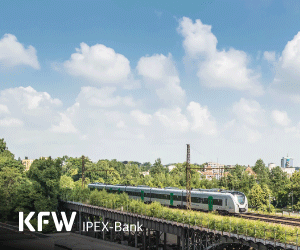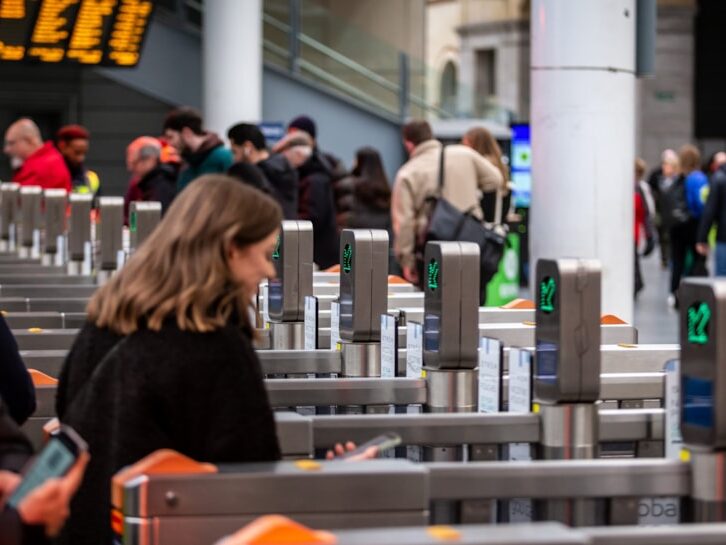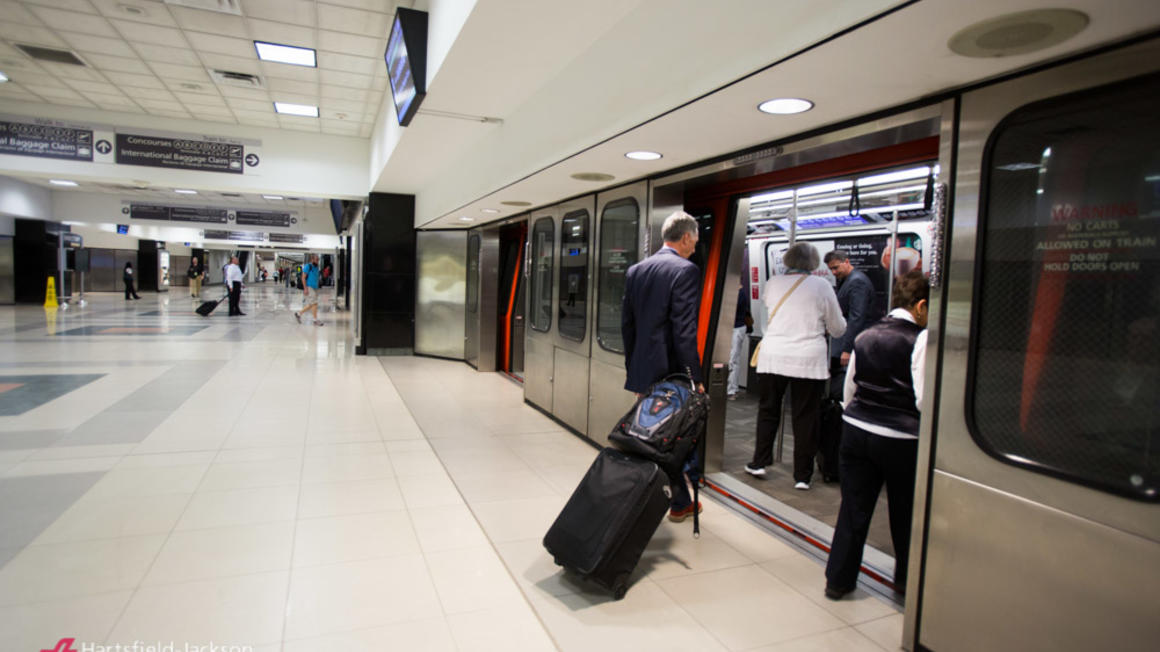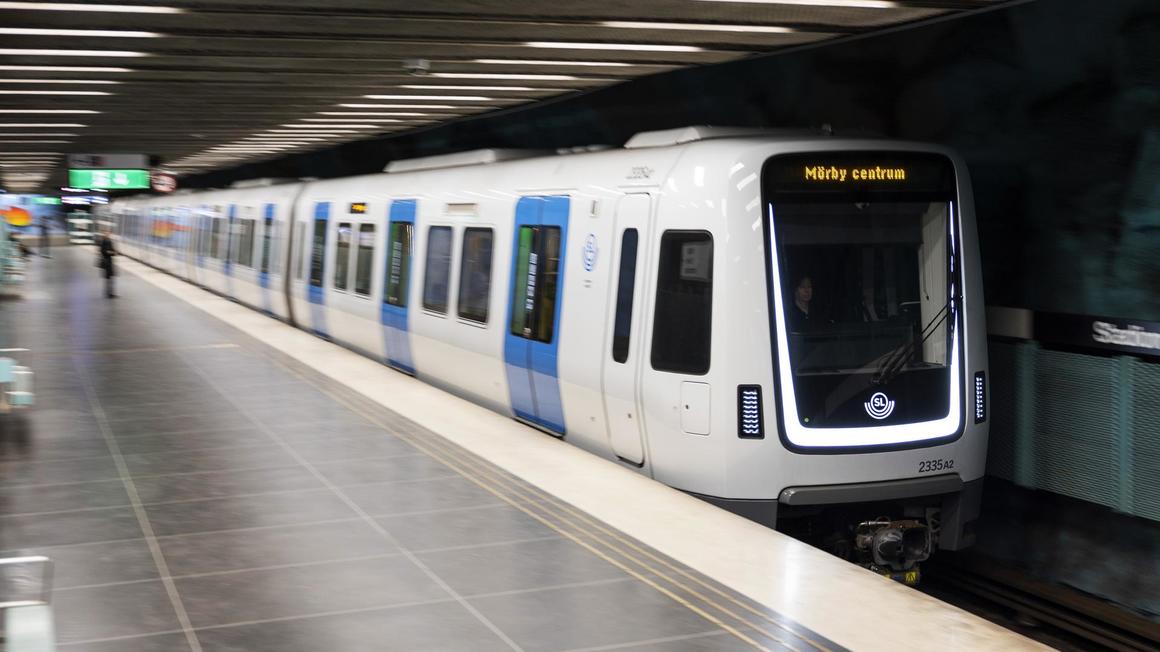Alstom has reported improved financial results for the fiscal year 2024/25, which ended on 31 March 2025. The company has also confirmed its medium-term targets while it continues to make progress on operational efficiency and deleveraging.
Alstom recorded 19.8 billion EUR in orders and 18.5 billion EUR in sales over the year, resulting in a book-to-bill ratio of 1.1. The backlog reached 95 billion EUR, offering continued visibility on future revenue. Organic sales growth was 6.6%, with adjusted EBIT rising by 18% to 1.18 billion EUR, equivalent to a 6.4% margin. Free cash flow improved to 502 million EUR, compared to a 557 million EUR outflow in the prior year.
Meanwhile, adjusted net profit stood at 498 million EUR, while net income (group share) reached 149 million EUR. Net debt was significantly reduced from 2.99 billion EUR to 434 million EUR, supported by a deleveraging programme and capital raising measures.
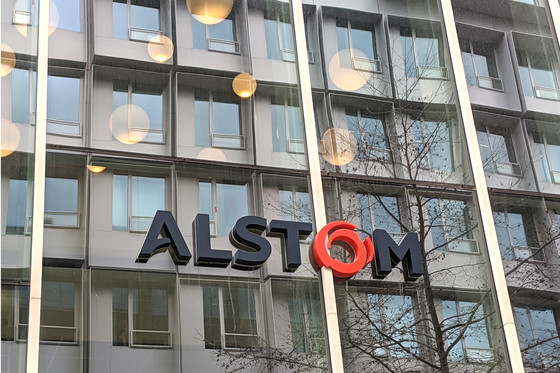
Alstom’s sales performance was supported by growth in the Services and Systems segments, as well as consistent execution in Signalling and Rolling Stock. Orders were driven by significant contracts in Germany, France, and North America, including the 3.6 billion EUR S-Bahn Rheinland contract and projects with Deutsche Bahn and Metrolinx.
Alstom confirmed its financial outlook for FY 2025/26, targeting organic sales growth of 3%–5%, an adjusted EBIT margin of around 7%, and free cash flow of 200–400 million EUR.
Over the medium term, Alstom reiterated its target of at least 1.5 billion EUR cumulative free cash flow over the three fiscal years from 2024/25 to 2026/27.
Alstom continues to invest in innovation, reporting R&D expenditure equivalent to 3.8% of sales. Sustainability targets are also progressing, with an 8% reduction in Scope 1 and 2 emissions year-on-year and 88% of electricity consumption sourced from renewables as of March 2025.





